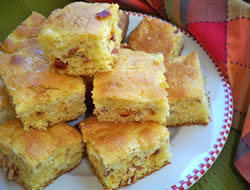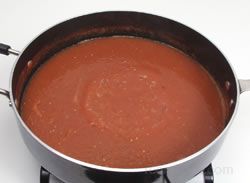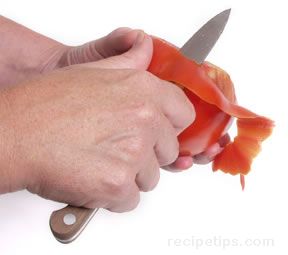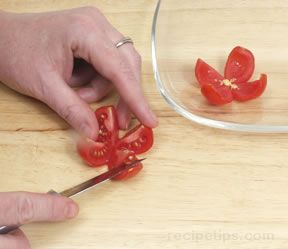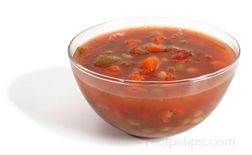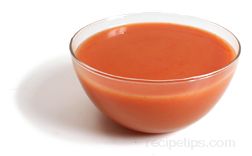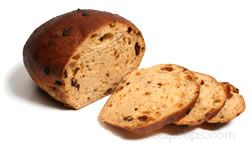Canned tomatoes that have been processed are available in a variety of flavors and forms. They can be purchased in the can as whole, diced, crushed, stewed, chopped, pureed, paste, or in a sauce form. Whole canned tomatoes are generally considered to be the best choice for preparing foods requiring more of the tomato meat. The whole tomatoes are most often considered to be the highest grade, since those of lesser quality are chopped or mashed to be used for puree, sauce and paste. Chopped tomatoes have been seeded and cut into random sizes for use in soups, sauces, appetizers, and other types of food dishes that can use more of the tomato meat. Crushed tomatoes also contain more of the meat, some seeds, the juice, and possibly the skin of the tomato. They are often used for heavy pasta sauces or served as side dishes to accompany a meal. Pureed tomatoes are strained tomatoes that have been processed to produce a thick mixture, heavier but not smoother in consistency than tomato sauce. The puree can easily be made into a pasta or pizza sauce. Tomato sauce is a smooth mixture of tomatoes that is often seasoned with other ingredients to create a base to be used in pasta and food dishes requiring a smoother texture with less juice. Tomato paste is produced from tomatoes that are cooked to remove the moisture, resulting in a stiff textured paste that is used for thickening soups and sauces.
Fresh tomatoes are available throughout the year but are best just after being picked. Since fresh tomatoes are very perishable, supermarkets purchase tomatoes that have been picked when green and then forced to ripen. These tomatoes will keep longer in the supermarkets but will never have the taste and texture of a vine ripened tomato picked just after becoming ripe. Some markets carry vine ripened tomatoes, but at a much higher price.
When selecting tomatoes, choose those that have a bright color, are plump and heavy, and avoid those with blemishes. Ripe tomatoes should yield to palm pressure, but not be too soft. Do not store ripe tomatoes in the refrigerator because temperatures below 50ºF will cause them to become pulpy and lose their flavor enzymes. Store at room temperature and out of the sunlight. Ripe tomatoes should be used within a few days. If the tomato has been sliced, store the tomato at room temperature with a piece of plastic covering the side that has been sliced open. Placing the plastic over the open section and laying it flat on a plate works well as a means of storing the tomato for a day or less.
For peeling tomatoes, simply make a skit in the skin and being to remove the skin with the edge of a knife. Or another procedure that works well is to heat the tomato until the peel begins to crack. This may take some practice to get it right if using a microwave, but when the tomato is heated to a point that does not turn it to mush or explode the innner flesh, the outer skin comes off easily.
When grating tomatoes, use a firm fleshed tomato cutting it in half and manually moving it across a grater with large holes, holding onto the skin to keep it intact. The pulp will be somewhat watery but will be thick in texture.
To core a tomato, use either a paring knive slicing a cone-shaped cut around the stem and pulling it out after slicing or use a tomato shark. The tomato shark is a utensil that looks similar to a melon baller with teeth, allowing the tomato stem to be cut and scooped out with one single motion.






